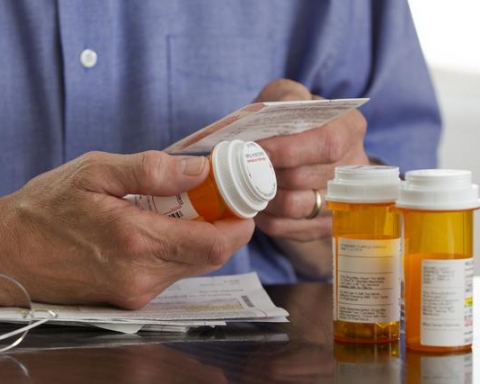[wp_ad_camp_4]One of the advantages to buying medications over-the-counter
While manufacturers do label their products with information about their products, including drug interactions, it can often be difficult to make sense of all the information – which is often written in very small print.
One option is to stand in line at the pharmacy and speak with the pharmacist. Pharmacists need to keep up-to-date on all drug information and can be an invaluable resource for helping you decide which medication is the best for your needs, and whether or not it will interact with a pre-existing condition or medication.
However, the downside to talking to the pharmacist is that you have to wait in line. Additionally, the pharmacist might not have the time to give as much information as you need.
Some stores are now using point-of-sale (POS) displays to help their customers make better decisions about the medications they buy. The POS display for stores could appear as a brightly-colored display at the end of the aisle that includes the product, as well as information about what the product does and basic drug interaction information.
Retailers use these displays for medications as well as other products located throughout the store, including brochures and patient information.
The advantage to the POS display is that you don’t have to wait in line at the pharmacist to get information about certain over-the-counter drugs. You also don’t have to wade through hundreds of products on the shelves to find the one that fits your specific needs.
However, the downside is that you might still have to speak to the pharmacist for more in-depth information about a specific medication, especially if that information is not included in the POS display.
However, the POS display is a good first step to getting the information you need about the over-the-counter medications that you use, especially if it also includes a consumer information brochure.
You can usually find these displays at the ends of the aisles, but you can also find them in the aisles themselves, or even on dedicated shelves and dedicated departments within the stores.
Whether you depend on a POS display, or talking to your pharmacist, it’s important to learn what you can about over-the-counter medications to ensure that you get the right medications for the job.







